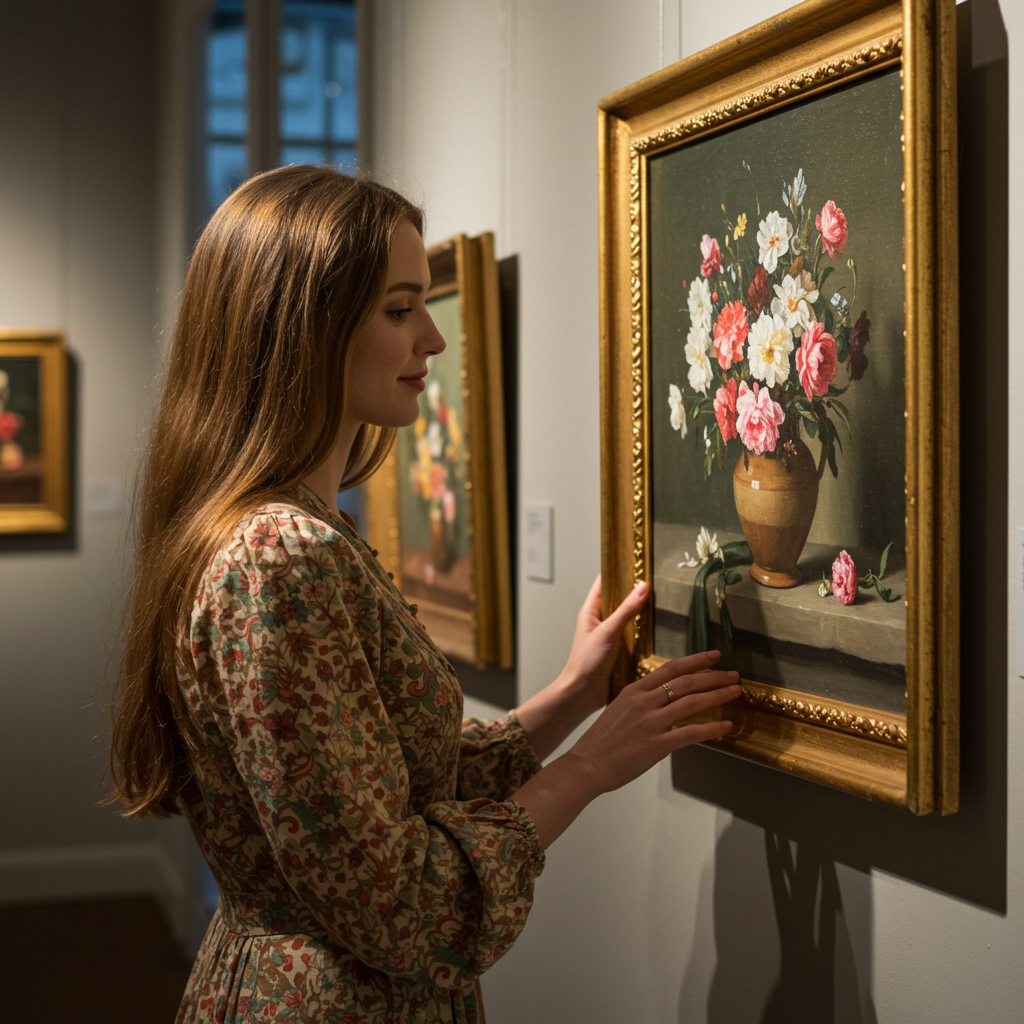A Message from Fialka
As you explore our platform, we invite you to pause and reflect on the artists behind the art. Each creation you encounter represents the dedication, passion, and livelihood of talented individuals worldwide. While our AI-generated images offer convenience, let’s not forget the real artists who pour their hearts into their work. Your support, whether through purchasing their pieces or simply acknowledging their talent, means everything to them. Let’s keep creativity thriving together.
Warm regards, The Fialka Team
In recent years, the rise of artificial intelligence (AI) has brought about significant changes in various industries, including the realm of visual arts. With the development of AI-generated images, questions arise regarding the potential impact on traditional artists and their livelihoods. Are AI-generated images detrimental to artists, leading to a loss of income, or do they offer new opportunities for creativity and collaboration? Let’s delve into the emergence of AI-generated images, their implications for artists, and what the future may hold.
The genesis of AI-generated images can be traced back to advancements in machine learning algorithms, particularly in the field of generative adversarial networks (GANs). GANs are a type of neural network architecture capable of generating new content by learning from existing datasets. By training on vast collections of images, GANs can produce remarkably realistic and diverse visuals, ranging from landscapes to human portraits.
These AI-generated images have gained attention for their ability to mimic artistic styles, replicate famous artworks, or even generate entirely novel compositions. Tools like DeepArt and DALL-E have demonstrated the potential of AI to create visually stunning and conceptually rich imagery, blurring the lines between human and machine creativity.
he advent of AI-generated images has sparked debates within the artistic community regarding its impact on traditional artists. Some express concerns that AI may devalue human creativity, leading to a decline in demand for original artwork. With AI capable of producing high-quality visuals efficiently and inexpensively, there’s a fear that artists may struggle to compete in a saturated market.
However, it’s essential to recognize that AI-generated images also present new opportunities for artists. These tools can serve as aids for inspiration and exploration, helping artists experiment with different styles, techniques, and visual concepts. Additionally, collaborations between artists and AI systems can yield innovative results, pushing the boundaries of what’s possible in art creation.
Looking ahead, the future of AI-generated images and their impact on artists is multifaceted. While it’s true that AI technologies will continue to advance, becoming more sophisticated and accessible, they’re unlikely to replace human artists entirely. Instead, AI is poised to complement human creativity, offering new tools and avenues for expression.
Artists who embrace AI as a tool rather than a threat can harness its potential to enhance their artistic process and reach new audiences. By leveraging AI-generated images in their work, artists can explore unconventional ideas, streamline workflows, and engage with digital mediums in innovative ways.
In conclusion, the emergence of AI-generated images represents a significant evolution in the field of art, prompting reflections on the nature of creativity and the role of technology in artistic expression. While challenges and uncertainties exist, there are also opportunities for artists to adapt, collaborate, and thrive in a rapidly changing landscape.
As we navigate the intersection of art and technology, it’s crucial to approach AI-generated images with an open mind and a spirit of experimentation. Rather than viewing AI as a threat, let’s embrace it as a tool that can enrich our creative endeavors. By embracing collaboration and innovation, artists can continue to inspire and captivate audiences in the digital age.







Leave a Comment